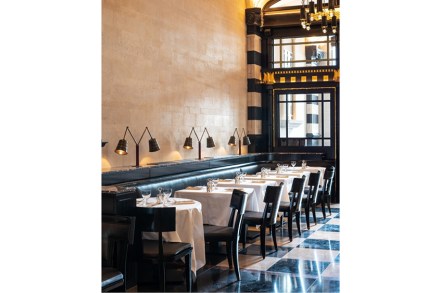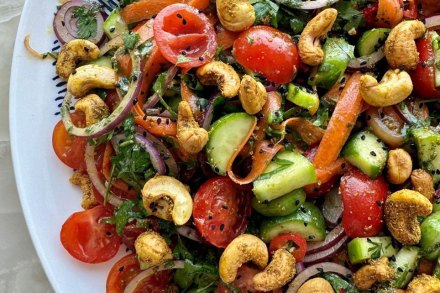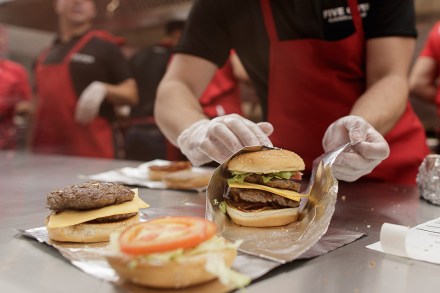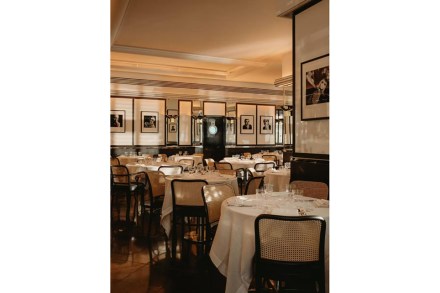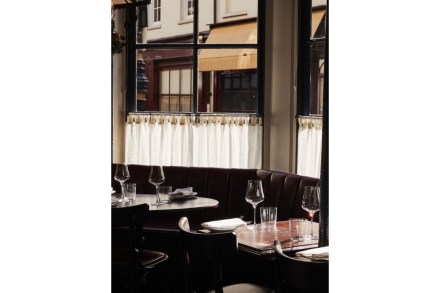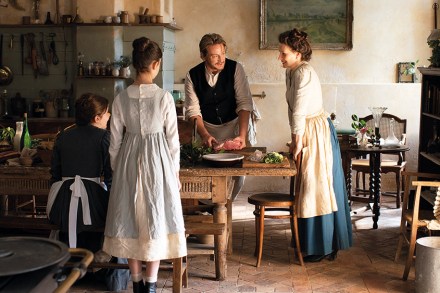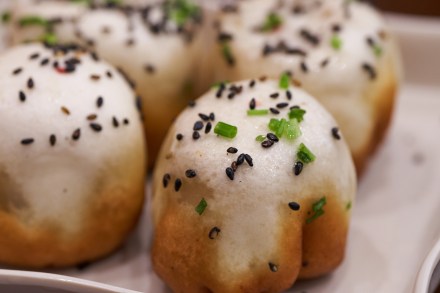‘An exceptional roast lunch’: Quality Chop House reviewed
The oldest and best chophouse in London was Simpson’s Tavern in Ball Court Alley off Cornhill (since 1757 on that site): Charles Dickens’s favourite chophouse, and mine. Simpson’s was locked out by landlords who impersonate cartoon villains at the end of 2022 for failing to pay pandemic arrears promptly. Simpson’s said they survived world wars, the plague and the Industrial Revolution, but not a landlord who doesn’t understand chops. (This part I paraphrase.) We settle into a spindly table for what is, by any measure, an exceptional roast lunch Court proceedings are ongoing: meanwhile it’s a ruin. It was vandalised in May, as these things tend to be. Now it


